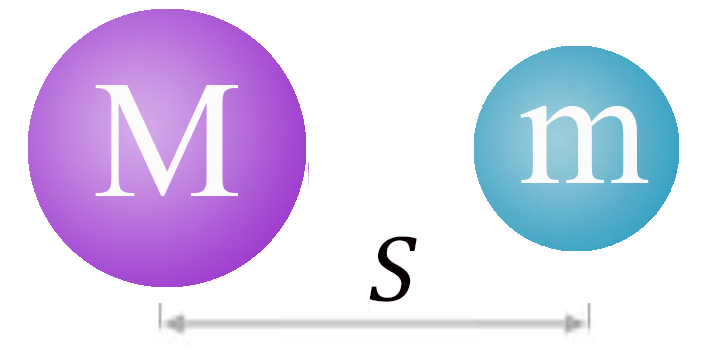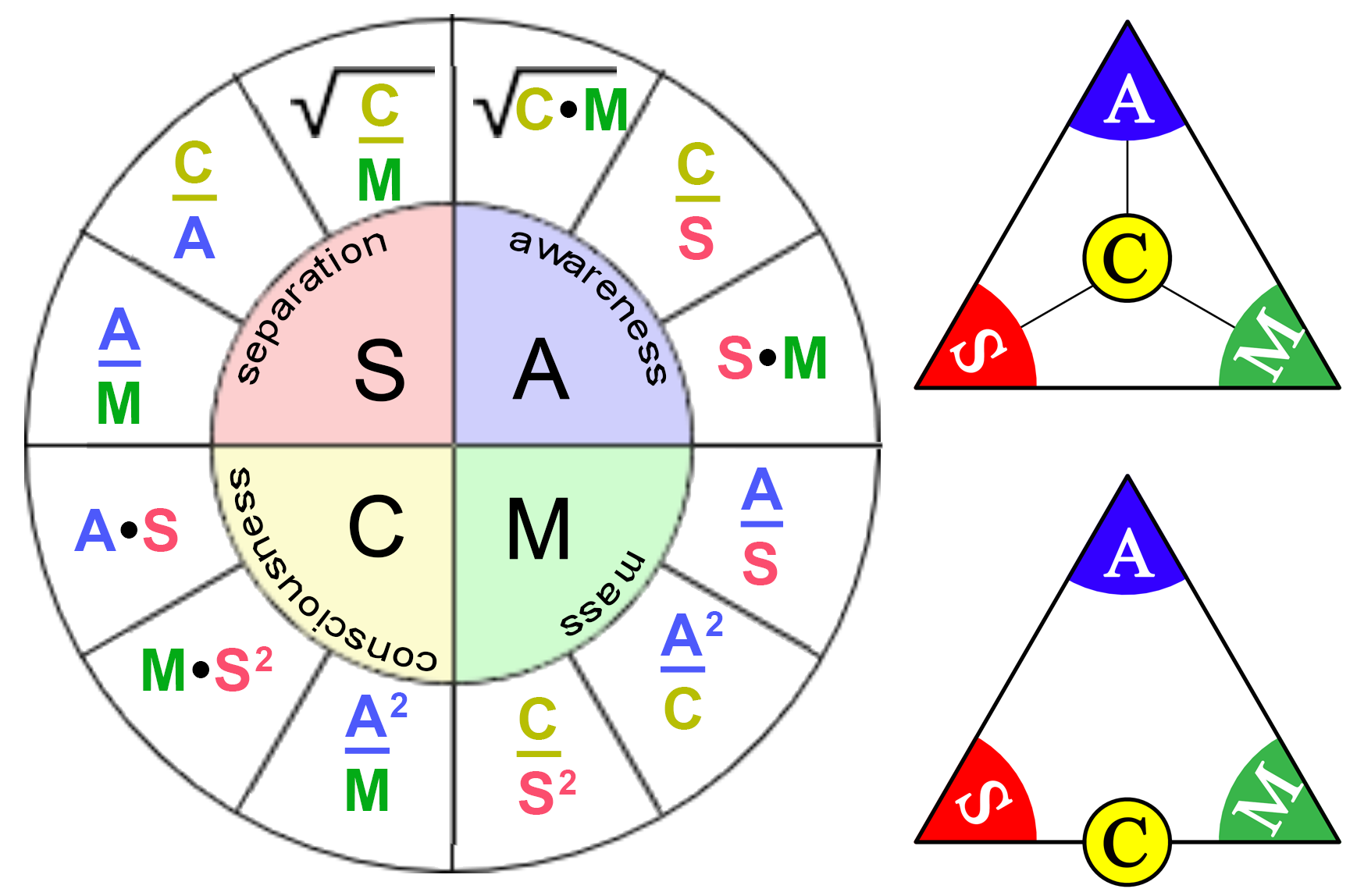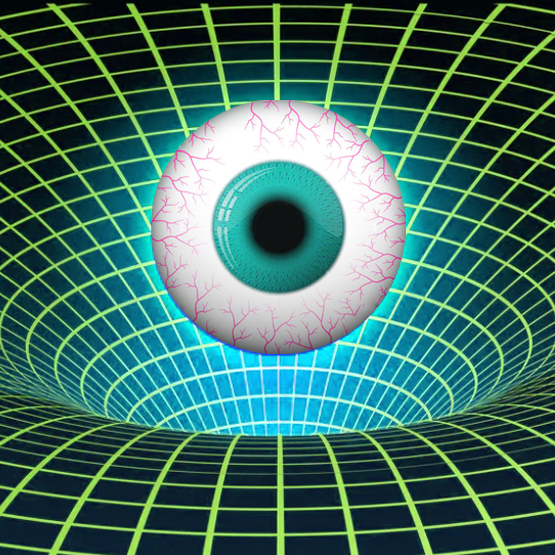Gravity/Consciousness Connection
What would be needed to create a simple test, a la the Cavendish experiment, but for consciousness? Assuming, just for a moment, that there is a correlation between gravity and consciousness, the challenge then becomes, “how do we measure it?” New units of measure would have to be created, but more than that, a new form of energy would have to be defined to which these units of measure would apply, and these “units” of measurement may not look anything like what we are used to, and may not even be limited to the realms of time and space. How do we measure something that is not limited by time and space?
The Cavendish Experiment is one of the most important experiments of the modern age, so named after Henry Cavendish, the eccentric and undoubtedly autistic scientist who designed the experiment along with discovering hydrogen. The only reason we know of him is that James Clerk Maxwell recovered all his notes after his death and published his countless discoveries, including laws (e.g., Dalton’s law, Coulomb’s law) named after the scientists who discovered them long after he did. Cavendish did all his experiments alone and in secret, partly because he was terrified of talking to people. He was like the Franz Kafka of science.
The most astonishing detail about this experiment is how mind-bogglingly simple it was, although not without its challenges in the 18th century. The 32-second video below shows the experiment… which simply shows the gravitational field of two 50 lb. weights pulling the mass hanging from both ends of the balanced bar. With this experiment, Cavendish calculated the gravitational constant to within 1%.
Now, let’s consider the following (excerpted from “Tholonia”)…
Gravity
Roger Penrose also suggests that quantum gravity and how it relates to quantum state reduction, or the collapsing of a waveform, i.e., the instantiation of a tholon, is the source of consciousness1. If the tholonic idea that awareness is the source of existence, then this suggests that consciousness is not only the byproduct of awareness, but it is also an integral part of the instantiation of tholonic patterns as consciousness serves as the expression of awareness necessary to complete the instantiation.
Geometrically speaking, while the infinitely expanding self-similar trigram is a result of the primary 3 states created by A&I, as previously shown, for it to instantiate into a 3D tholon, it requires the 4th composite white dot to collapse into the tetrahedral thologram. Consciousness is an instance of awareness and, as such, is composed of all 3 primary dots, e.g., subjective awareness, objective awareness, and the awareness of where they meet.
In the quantum world, it has been theorized that awareness of, or observation of, a waveform causes it to collapse or decohere into a measurable form. Given that we also theorize that it is gravity that causes waveforms to collapse[], can we speculate that awareness and gravity share this same ability to some degree, or that Awareness instantiates as quantum gravity?
If this were the case, than consciousness and gravity appear to be two instances of the same pattern or tholon within two different contexts and, therefore, we might expect to find a 4th particle representing gravity, a graviton. In fact, science has speculated that such a particle exists; they just haven’t found it yet. There is also some scientific thought that speculates that “the global wave function are the true carriers of awareness.”2!
Gravity and consciousness both exist as fields, and both are fundamental to existence. If we accept the theory of the Big Bang that mass was created by the infinite gravity of the 0-dimensional singularity, then gravity may be the first instance of A&I which created matter. As gravity is concentrated via matter, what is it that concentrates consciousness in our material reality? As matter is an instance of energy, could energy be an instance of Awareness?
Considering gravity and awareness are both ubiquitous fields that created and binds the entire Universe, it seems like an excellent candidate for exploring field memory.
Is there anything to suggest that gravity and consciousness are two instances of the same expressions in different scopes? Yes, there is.
Let’s look at another one of Newton’s formulas that describes the gravitational force:  , where F is the gravitational force in newtons, g is the gravitational field as it applies to two different masses, and S is the separation between those two masses. And yes, it also looks just like Ohm’s law for resistance
, where F is the gravitational force in newtons, g is the gravitational field as it applies to two different masses, and S is the separation between those two masses. And yes, it also looks just like Ohm’s law for resistance  , which, if consciousness and gravity are the same archetype in different contexts, might shed some light on the nature and functioning of consciousness.
, which, if consciousness and gravity are the same archetype in different contexts, might shed some light on the nature and functioning of consciousness.
If we do the math, we see that Newton’s formulas can be applied via Ohm’s law, and by doing so, discover that G, the gravitational constant, and voltage, are the same archetype.
- G→V (volts): The gravitational constant, which is measured in newtons, equates to volts, or the pressure of energy inherent in all mass in the form of gravity. G is measured as 6.67×10−11 m3 kg-1 s-2 (newtons per cubic meter per kilogram per-second/per-second).
Using the same math, we can apply the following associations as well:
- g →P (power): The + equates to power, transference of energy over time.
- F→R (resistance): The force of gravity equates to resistance. This value is the speed at which things fall, so 9.87 m/s2 here on Earth.
 S→I (current): The the distance between observer and observed equates to current, or the strength of energy. As the distance lessens, the force increases, as S and F are inversely proportional. Note: The terms observer and observed are the actual technical terms used, and not terms used here to add validity to the tholonic theory that reality itself emerged from the primal observer, the 0-dimensional concept of A&I, and the observed, the first creation of the A&I.
S→I (current): The the distance between observer and observed equates to current, or the strength of energy. As the distance lessens, the force increases, as S and F are inversely proportional. Note: The terms observer and observed are the actual technical terms used, and not terms used here to add validity to the tholonic theory that reality itself emerged from the primal observer, the 0-dimensional concept of A&I, and the observed, the first creation of the A&I.
There is another correlation as well. The limits of an electrical circuit are defined by the amount of charge, or current (amps), allowed to pass through a system at any given moment. This is typically controlled by a fuse. In the E=mc2 equivalency we saw previously, it is c, the speed of light, that defines the limits of the system we call the Universe, but unlike amps, c can never change. Here, in the gravity example, the defining limit of the system is S, the distance between two fields. So, let’s replace the equivalent of c (which is I) with distance (S) and see if there is a reasonable correlation between gravity and consciousness when applied to Newton’s 2nd law and tholons?
For example:
 Separation (S): The separation in the context of consciousness is the first separation, that of subjective (observer) and objective (observed), so we will correlate the separation of the two masses with these two perspectives.
Separation (S): The separation in the context of consciousness is the first separation, that of subjective (observer) and objective (observed), so we will correlate the separation of the two masses with these two perspectives.
Awareness (A): The initial blue dot, the N-source, of the tholonic trigram is the first instance of awareness and also correlates to force, potential, or volts, so we will correlate the gravitational constant to the N-source and the 1st state of awareness.
Consciousness (C): As we mentioned before, what we are calling consciousness is an instance of awareness, more specifically, an instance of the awareness of a tholonic archetype. This firmly places consciousness in the position of the child N-source, which correlates with electrical power (P) and the gravitational field (g). This N-state of consciousness emerges within the spectrum of separation and mass, which are perfect examples of instances of the primal concepts of nothingness and somethingness. This places the consciousness (C), as in instance of Awareness (A), along the spectrum defined by S (separation, nothingness) and M (mass, somethingness).
Mass (M): We are left to correlate electrical resistance with the force of the gravitational field for a specific mass. This fits, especially when we realize that this force’s limiting and defining qualities hold everything in the Universe together and in its place. Mass is the source of gravity, or if we accept the theory that the infinite gravity of the singularity created mass, then mass is an instance of gravity.
(Note: see also the Examples in the 2*3=6 Project below)
For the question at hand, what this means is that if there is such as thing as a universal data-store of all the instances of Awareness, then we will find clues to its existence in the differentiation of, or relationships between, instances of consciousness and mass.
This attempt to quantify consciousness and awareness may sound very esoteric or even seem ridiculous to some, but more and more evidence suggests that consciousness is a force of nature and as such, has quantifiable properties.
An example of directly applicable evidence comes from an article written by theoretical quantum physicist Swati Nigam entitled Gravity As Conscious Force To Resolve Quantum Gravity3, wherein she states:
According to current science, there is a missing connection between general relativity and quantum mechanics concepts of physics, which is needed to unify them into one, to conceptualize a unified field theory.
The article then goes on about the nature of the problem, ultimately concluding that consciousness itself is an additional force to the 4 forces of the Standard Model, a 5th force, and one that solves the challenges of the unified field theory in its attempt to unify general relativity with quantum mechanics. Dr. Nigam goes on to say:
Thus, we can use the term “conscious force” for gravitational force… Conscious force is gravitational force, which is the unidentified 5th force. This force is a synonym for gravitational force, works just like it on all matter entities, irrespective of their nature or position in space, both in macro or micro worlds.
If Awareness and its instances of consciousness are a fundamental force, then it has a field. Might that field hold clues to field memory, perhaps similar to how the memory in the brain might be a neuronal activity-associated magnetic field? 4,5 In any case, there seems to be a strong correlation between consciousness, gravity, dark-matter, and information.
Footnotes
Atmanspacher, Harald. “Quantum Approaches to Consciousness.” Stanford Encyclopedia of Philosophy. Stanford University, November 5, 2019. https://plato.stanford.edu/entries/qt-consciousness/#PenrHameQuanGravMicr. Section 3.5 ↩
Duplantier, Bertrand and Raimond, Jean-Michel and Rivasseau, Vincent, “Quantum Decoherence: Poincare Seminar 2005 (Progress in Mathematical Physics)”, 2006, isbn 3764378077, https://link.springer.com/book/10.1007/978-3-7643-7808-0, https://vdoc.pub/download/quantum-decoherence-poincare-seminar-4oj287fe5vo0 ↩
Swati Nigam , “Gravity As Conscious Force To Resolve Quantum Gravity.” Physics Foundations, July 31, 2017. DOI: https://doi.org/10.6084/m9.figshare.5234617.v1 Published in https://physicsfoundationsblog.wordpress.com/2017/07/22/gravity-as-conscious-force-to-resolve-quantum-gravity/; Downloadable PDF available at https://www.academia.edu/33993443/GRAVITY_AS_CONSCIOUS_FORCE_TO_RESOLVE_QUANTUM_GRAVITY ↩
Banaclocha, M.a.m. “Are Neuronal Activity-Associated Magnetic Fields the Physical Base for Memory?” Medical Hypotheses, vol. 59, no. 5, 2002, pp. 555–559., doi:10.1016/s0306-9877(02)00237-2. ↩
Banaclocha, M. “Architectural Organisation of Neuronal Activity-Associated Magnetic Fields: a Hypothesis for Memory.” Medical Hypotheses, 2004, doi:10.1016/s0306-9877(04)00188-4. ↩
